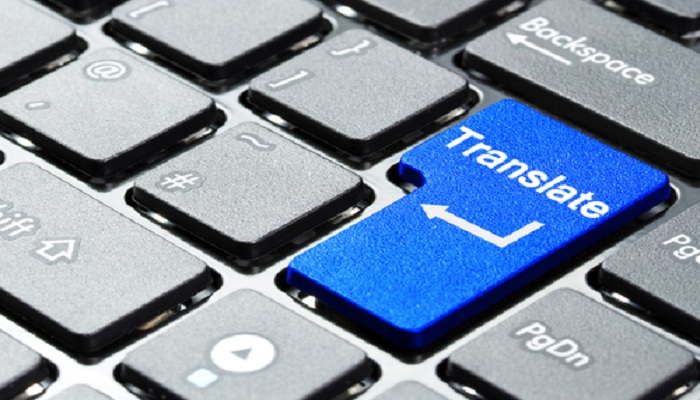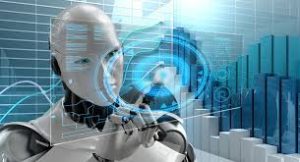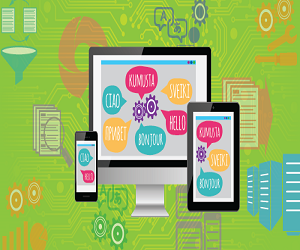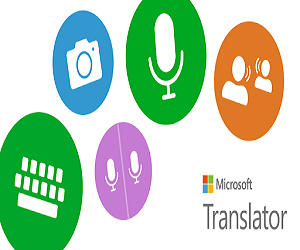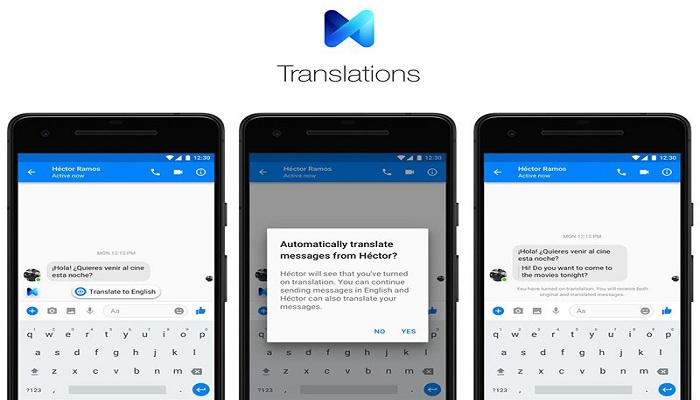Last year, the world witnessed a drastic change in shaping the translation technology. Uncovering the two major Artificial Intelligence systems, which are capable of learning any languages known to humans.
Most of the major companies are already experimenting to make the translation technology better for the online consumers.
Last year, the big e-commerce giant Amazon joined the group by launching Amazon Web Series. The Translate app provides translation for all the languages supported to promote the products and services with ease.
The big corporate giants like Google and Microsoft offering the translation technology for a long time, individually.
At this point do we really need another translation application? Is the technology is improving? Or just the diversifying the option where to get it from?
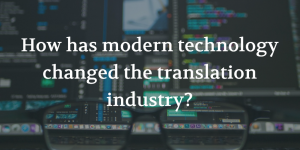
One of the In-Demand Services Of 2017 – Translation
According to Global Market research, the translation industry will hit 1.5 billion dollars by the end of 2024. So, this considered as the good news for translators and also for those who are closely working with translation application.
In a study conducted by the Bureau of Labor Statistics highlights, around 17% of the employment growth for interpreters and translators 2026. As this is becoming the strong need for business organizations to promote business globally.
The growth is considerably faster than other that of other occupations. In light of the fact, companies are also offering more than 10K position on this fast track.
Amazon’s AWS backs up this act of pushing the business growth globally. Business entities are focusing on expanding globally by merging the translation tools and software into a business. However, to reach out to a significant customer database overseas, they need to offer more localized language. Which is beyond expectation at this point for any translation tool.
New Opportunities For Translators
Technology is opening up some new branches for translators. Chinese, German, Russian, Spain, Portugies are some of the major languages impacting the global market. Among others, these languages open a bigger job perspective for the translators.
On the other hand, it is not unusual to think the translation tools are cutting the edge for human translators. For a fact, they are making the job opportunity.
In spite of technical advancement in the field of Artificial Intelligence, and machine translation, it still needs close human supervision. Close supervision by the professional translators can ensure correct dialect and use of grammar.
Even though machines are using the improved and advanced algorithms, still when it comes to a faceoff, it still can’t beat the human translators.
Sejong Cyber University put three machine translator against a group of human translator into a test. Results appear to be quite disappointing for machines. They had to struggle to live up to the expectations for the creator. Machines are, of course, faster than human translators but they are likely to make mistakes while completing the sentences.
During the building of the machine, it requires a specialist knowledge to minimize this problem. To make this technology accurate, hiring a technical translator should deliver a better end product. With a precise technique, business entities can reach to global customers
Industry Specific Translation Apps Are Coming Out
Machines are not yet entirely accurate when it comes to translating a piece of document and information. They are still making grammatically incorrect sentences, making it less reliable than a human translator. For industry-specific machine translators, it has to be more accurate. For instance, law, medical, education, which is far beyond the capacities of human translators.
To provide accurate information on this type of translation, interpreters should be trained under terminology. While the developers work on the advancement of the technology, to make the technology accurate the human translators will look forward to the global expansion of the business.

